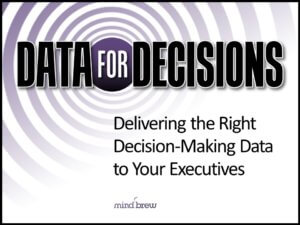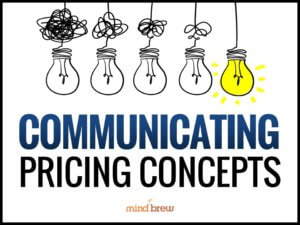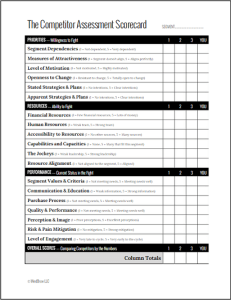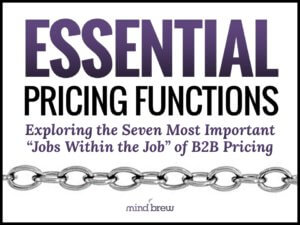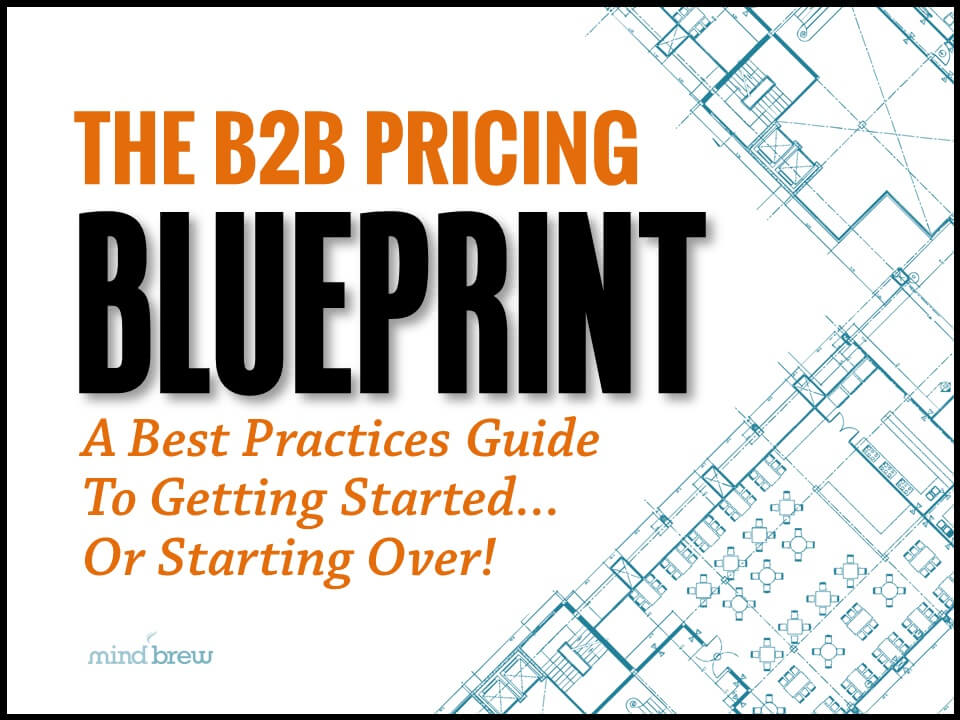We have a friend who works in the auto industry who likes to talk about how much data is generated by modern vehicles.
It’s a lot.
In fact, if you drive a late-model car or truck with all the bells and whistles, including features like lane-departure warnings, parking assist, adaptive cruise control, and the like, your vehicle might generate over 1 TB of data every hour of driving.
Of course, we’ve all gotten so used to measuring digital storage in terabytes that we sometimes forget just how much data a terabyte is.
It’s a lot.
In fact, if you wanted to read 1 TB worth of ebooks, you would have to read approximately 4.5 million 200-page books.
No matter how much you know about cars, you could never sort through even one hour’s worth of driving data on your own to pinpoint what might be causing a problem you were having. It’s all just ones and zeroes if you don’t have some kind of software to decode it for you. And even if you translated those ones and zeros into values related to various sensors and computers in the car and plotted them on a graph, the average person is not going to be able to make sense of it. For that, you need an experienced automotive engineer who knows what the graphs mean, what they should look like, and how to fix them when they are out of spec.
Most B2B firms have a similar situation when it comes to delivering pricing data to management.
The pricing team is sitting on mountains of data — probably many terabytes. If you just hand those raw numbers to the executive team, they are not going to be able to make sense of it. Even if you plot it on a chart, they probably won’t really understand what it means.</p.
So how do you communicate your data effectively?
Here are three tips:
- Deliver what they need—not just what they want. Your execs might not know what they should be asking for. It’s your job to figure out what they need to know to make good decisions for the future (not just today). And it’s highly likely that the data they need to see isn’t just sitting in a table somewhere. You’re going to have to do some analysis, maybe even some modeling, to get the information that your management team needs.
- Make it a “no brainer” for others to interpret it. You’re a numbers person, so you can look at a spreadsheet and understand it. For other people, you’re going to need to make things more obvious. Plot the data on a chart. Add trends lines and colors that make it really clear that things are looking good or bad. You can even add circles and arrows and labels that explicitly call out the important stuff.
- Go further to suggest priorities and potential next steps. Once you’ve shown them what’s important, give them some recommendations. Don’t be intimidated by the executive team. You are the closest to these numbers, so you often have the best perspective on how to address your current situation and prepare for the future. They might not take your advice — and that’s okay — but at least you know that you have clearly communicated the relevant information.
Presenting data in this way definitely requires some work — but it’s worth it. It helps your management team make better decisions that will affect the entire company. It positions your department as a trusted resource, and it makes you, personally, look like a highly competent professional that they are going to want to rely on.
If you want to get better at presenting data in this way, talk a look at the webinars on Delivering Data to Decision Makers and Communicating Pricing Concepts. Both can help you do a better job of working with your management team and ultimately, leading to greater success for you personally and your company as a whole.

